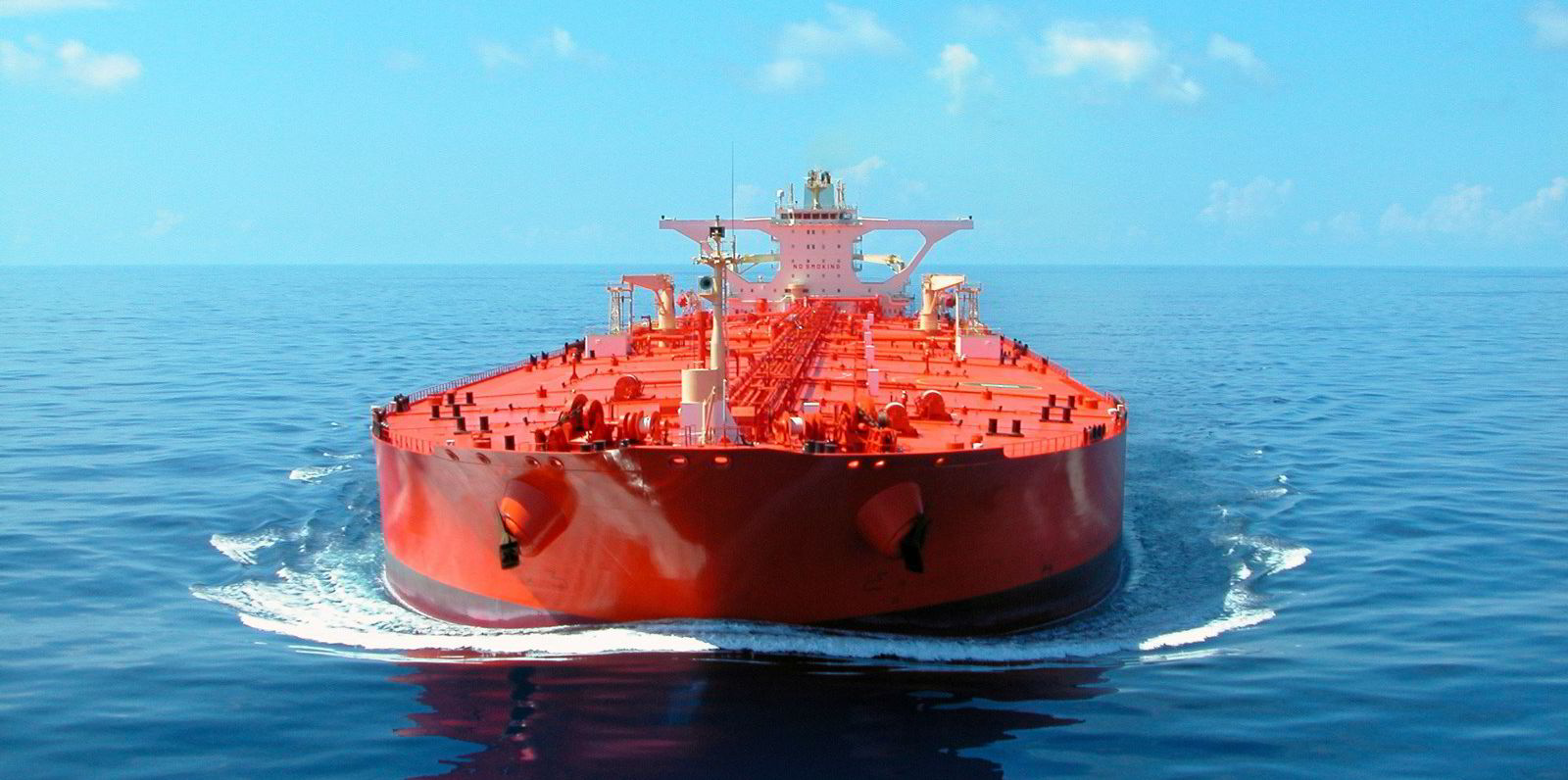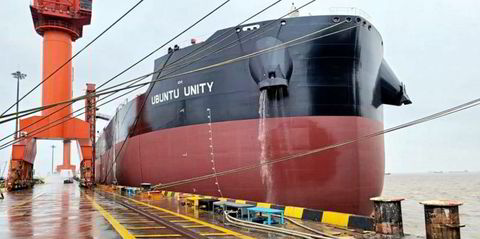Tanker markets may still be challenged, but interesting times lie ahead, according to Frontline chief executive Lars Barstad.
Despite reports of a return to negative time charter equivalent rates for older VLCCs, the John Fredriksen company boss believes a recovery actually began last October.
"2021 was supposed to be the recovery year, and it has been that to some extent," he told an Arctic Securities webinar.
"The recovery is ongoing in the oil market still," the CEO added.
Oil demand growth in 2022 will continue to come from non-OECD countries, after significant rises from OECD nations in Europe and North America in 2021.
But Barstad said tanker owners are "not particularly interested" in these developed countries "getting the wheel turning" because they are very close to production.
Non-OECD and Asian demand makes the difference in terms of tonne-mile increases for tankers, he explained.
Frontline sees virtually no oil inventories left to draw on in non-OECD countries, meaning the need for seaborne supplies.
The company's tracking of oil in transit on tankers started to show an increase from October last year.
The amount of barrels carried has risen 20% since then, Barstad said.
And if crude prices reach $100 per barrel, then he is sure much more oil will hit the water.
"The fundamentals are set up for an extremely interesting market over the next few years," he added, although the CEO cautioned that the real tipping point has not been reached.
A "glimmer of hope" also comes from the accelerating scrapping of tankers.
In 2021, 2.3% of the total fleet was removed, the Frontline boss said.
"It is not a particularly transparent industry," Barstad added.
"There tends to be a lot of delay in reporting in ship recycling, for obvious reasons — it's not something you advocate when you are selling a ship to Bangladesh to get chopped up," he said.
Barstad remains hopeful of more scrapping this year, as the prospect of using older tankers for storage is non-existent.





